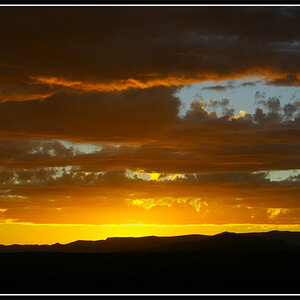singletrackmind
TPF Noob!
- Joined
- Jul 26, 2008
- Messages
- 4
- Reaction score
- 0
Here are some test shots with my tamron 17-50mm f2.8 and my canon 50mm f1.8 on my Rebel XTi. Can someone here help me interpret them. I used a 1951 air force resolution chart at 2 feet and 5 feet at a variety of f stops and focal lengths.
Here are the links to flikr I hope they work.
http://www.flickr.com/photos/9545520@N08/2702744442/
http://www.flickr.com/photos/9545520@N08/2702743138/
http://www.flickr.com/photos/9545520@N08/2702741498/
http://www.flickr.com/photos/9545520@N08/2701922415/
http://www.flickr.com/photos/9545520@N08/2701920965/
http://www.flickr.com/photos/9545520@N08/2701919521/
http://www.flickr.com/photos/9545520@N08/2702735378/
http://www.flickr.com/photos/9545520@N08/2702735378/
http://www.flickr.com/photos/9545520@N08/2701915957/
http://www.flickr.com/photos/9545520@N08/2701914099/
http://www.flickr.com/photos/9545520@N08/2701912461/
http://www.flickr.com/photos/9545520@N08/2702728202/
http://www.flickr.com/photos/9545520@N08/2702726220/
http://www.flickr.com/photos/9545520@N08/2701907145/
Thanks John
Here are the links to flikr I hope they work.
http://www.flickr.com/photos/9545520@N08/2702744442/
http://www.flickr.com/photos/9545520@N08/2702743138/
http://www.flickr.com/photos/9545520@N08/2702741498/
http://www.flickr.com/photos/9545520@N08/2701922415/
http://www.flickr.com/photos/9545520@N08/2701920965/
http://www.flickr.com/photos/9545520@N08/2701919521/
http://www.flickr.com/photos/9545520@N08/2702735378/
http://www.flickr.com/photos/9545520@N08/2702735378/
http://www.flickr.com/photos/9545520@N08/2701915957/
http://www.flickr.com/photos/9545520@N08/2701914099/
http://www.flickr.com/photos/9545520@N08/2701912461/
http://www.flickr.com/photos/9545520@N08/2702728202/
http://www.flickr.com/photos/9545520@N08/2702726220/
http://www.flickr.com/photos/9545520@N08/2701907145/
Thanks John













